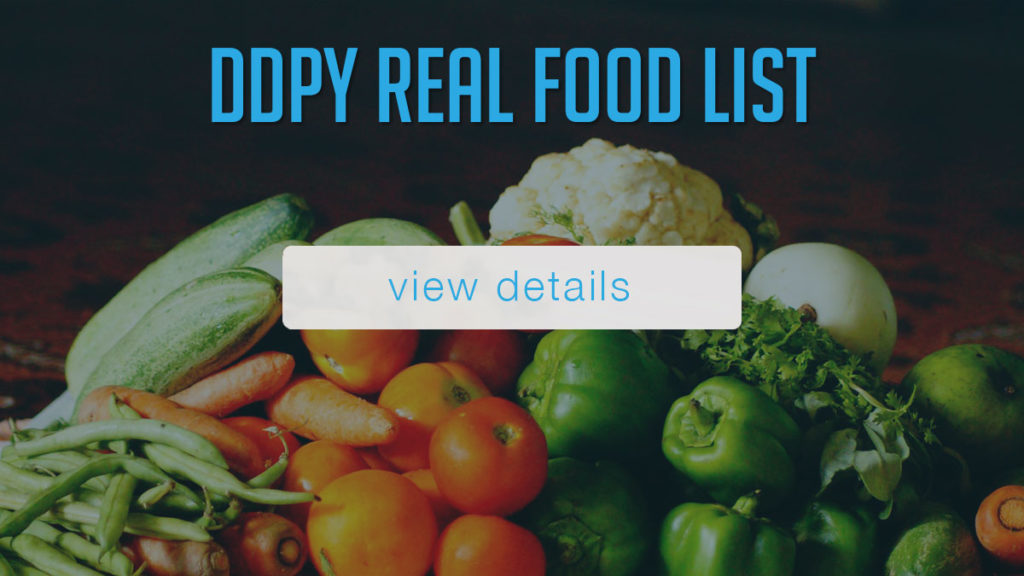FRUITS
One serving of fruit is generally considered one piece of fruit (one apple, one orange, etc.) or the equivalent of 1 cup of fruit. If you are eating smaller fruit, such as tangerines, consider how many would make a cup – perhaps two or three, depending upon the size. The same goes for larger fruit, like grapefruit or papaya – consider how much would make a cup – perhaps one or one-half. You do not have to be exact – use your judgment. Let’s be honest – eating fruit is not the greatest concern when it comes to weight loss! While an overload will supply too much natural sugar, at least you get all that great fiber. I have sub-divided the fruits into Acid, Sub-Acid, Sweet, and Melons. Each category of fruit should be eaten separately for best results. These categories take into consideration the amount of sugars in these fruits. Acid Fruits have the least amount of sugar – so if you need extra food, Acid Fruits are the best choice! Sweet Fruits have smaller portions because of the high sugar content. The same goes for Melon… it’s best not to mix Melon with any other fruit or food. When you eat fruit, allow 15-30 minutes before the next food to optimize digestion and help you lose the weight. All fruit should be eaten before noon. I recommend fruit for breakfast and/or a mid-morning snack so you have time to burn all that great natural energy.
VEGETABLES
At every meal, you may have as many vegetables as you like. Fiber is key! If you ever find yourself hungry, grab extra vegetables. Celery, carrot sticks, broccoli and peppers make great snack foods. Plus, lots of greens! And don’t forget to try the amazing soups in the recipe section. Remember, you may have unlimited quantities of all the vegetables on the list.
COMPLEX CARBOHYDRATES
1 cup is the serving size for complex carbohydrates. Consider one medium size potato or sweet potato, or one cup of wild rice, one cup beans, one cup whole grain cereal, or one slice of whole grain bread.
PROTEIN
4-6 ounces is considered one serving of protein. This is about the size of your palm. If you are feeling really hungry (especially when you first begin the program) add 2 ounces to your protein intake (6-8 ounces). For eggs, a serving is 2-3 eggs. For seafood, such as crab, lobster and scallops, the serving size is 3 ounces, due to the high fat content in these foods.
HEALTHY FATS
About 1 tablespoon equals a serving of healthy fats. (Or ¼ of an avocado, as noted.)
